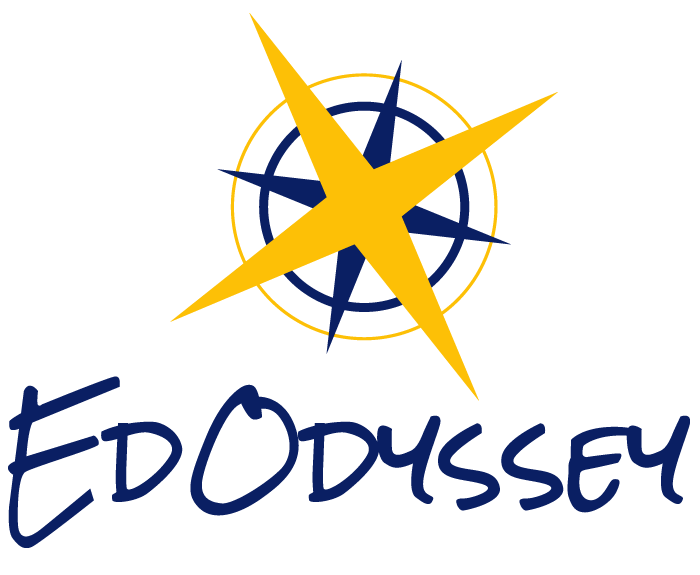Three Key Components to Keep in Mind When Planning Programs Abroad
The educational impact that travel contributes to teachers and students goes beyond the classroom. Educators, administrators and faculty from schools around the nation extend their lessons abroad and work with EdOdyssey to develop custom programs that create holistic and enriching learning experiences that best fit their needs.
Additionally, short-term programs help students become more self-aware, flexible, and creative, while gaining an enhanced experience in an unfamiliar country. As you start planning, you’ll want to evaluate the day-to-day structure of your custom program. In this blog, we will discuss three components to consider as you begin to design your next student program.
Keeping Students in Mind
When it comes to managing an itinerary and deciding on logistics, EdOdyssey wants to ensure that the student’s learning outcomes are included and considered throughout the entire program. From an organizer’s perspective, what resources, if any, need to be available onsite? Which activities will grant the greatest participation from the group?
Interactions within the host country and cross-cultural exchange opportunities will encourage your students to build upon their language skills. In doing so, these purposeful encounters will complement their time abroad. Ultimately, our team makes certain that you feel supported informally or formally assessing your students, and that they feel confident expressing their feelings and observations in order for them to convey the lessons that they’ve learned once they’ve returned home!
More Time in Fewer Places?
For short-term programs with limited time, many interactive activities in fewer locations allow students to really get the most out of their experiences! Our itineraries center around intentional goals, and in many cases, we’re able to meet most learning objectives in fewer cities for students and teachers. The focus of some programs requires a multi-city itinerary, and we make sure that each city meets specific objectives, since additional cities means more time in transit.
Is there a particular reason to spend time in more places in your itinerary?
This key question centers around the focus of the learning objectives because more cities can spread a program thinner and actually take away value from your program. The deceiving nature of planning itineraries doesn’t fully indicate the work that goes into traveling between cities. The process of packing, the traffic to the station or airport, the arrival, and checking into the next hotel can take an entire day with a large group. These various logistics are important to consider when deciding on areas to see. Likewise, it’s sensible to examine if the additional cities will bring value to the overall goal of the program, and how each day coincides with those macro-level goals.
Longer lengths of time in fewer places permits all participants to feel comfortable in the chosen city and expand on their experiences. As a result, your students will have the ability to connect and enjoy an area at their own pace, which allows for deeper discussions and reflections regarding the local life, culture, and history. Day trips to nearby locations are always an excellent alternative as well because students will be able to receive a great deal of information from the activities without the stress of moving to another destination. In short, EdOdyssey guarantees that students are getting more than enough knowledge and guidance in whichever city is chosen!
Flexibility Allows For Spontaneity
Furthermore, a crammed group itinerary with non-stop action may lead to tiresome travelers or reluctant students. In order to avoid overextending the group, EdOdyssey includes free-time add ons and flexible activities, such as city scavenger hunts, which give your students and faculty a bit more leverage to informally add more fun, academic value within the framework of the itinerary. As a result of reasonable spontaneity, your group will be able to explore with less stress and stay on track with the pre-planned agenda for the day!
Travel through experiential learning and free-time activities, such as visits to local markets or parks, brings about a sense of adventure and livelihood to the program. Nature-based visits or recreational day visits, tend to be environmentally conscious, historical, and overall refreshing. This type of learning tends to empower students to connect with one another in meaningful ways.
The overall shared learning experience through short-term programs allows all participants and stakeholders to feel supported during their respective programs abroad while maximizing their experience. The unique opportunity to choose custom activities for your program will become memorable experiences for your students and faculty to reminisce on. Whether you and your students look to travel to multiple locations or concentrate on one city in particular, you’ll work with an EdOdyssey educator to ensure that your learning objectives are met in order to create the best experience!
Visit our Custom Programs webpage for more information on how to get in touch with EdOdyssey today!





